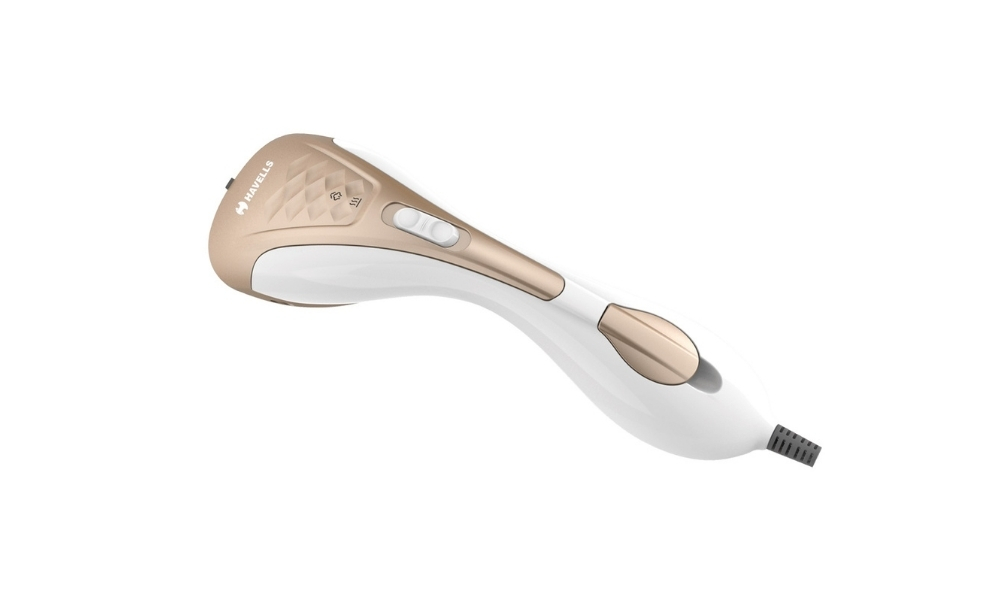Which Water Purifier is good for health- RO or UV Leave a comment
We all know the importance of drinking water in maintaining good health, especially in today’s times, when water bodies are being widely polluted, distribution pipelines in most of the cities are ageing, and tap water is losing its reliability. The traditional system of purification, which involves boiling water, uses expensive fuel and has safety issues too. However, advancement in technology has made water purification relatively easy and convenient.
Hence, water purifiers have become a necessity for most households. In the market, numerous water purifiers are available, using different water purification technologies. For better health, you must choose your water purifier, depending on the impurities present in your water.
The water we drink is highly contaminated with heavy metals, toxic substances, dissolved impurities and microbes. E.coli, found in wells, infected with faeces is a major threat to drinking water. These lead to the occurrence of several waterborne diseases such as Typhoid, Gastroenteritis, Hepatitis, and Cholera.
Types of Purification Technology
There are mainly two types of Water Purification Technology. Here are the basics of the two:
● Reverse Osmosis Water Purification (RO)
In this process, the water is passed with great force through a semipermeable membrane or RO membrane, the heart of the purifier. It consists of very small pores, about 0.00001 microns in size.
During the process, water molecules are allowed to pass and the dissolved salts and solids are blocked. RO membrane, thereby separates harmful heavy metals like Mercury, Lead, Arsenic from water and sometimes, essential minerals like Iron, Sodium, Calcium is also removed.
● Ultraviolet Purification Technology
Ultraviolet rays are of three types:
● UVA emissions – sun tanning rays
● UVB emissions – sun burning rays
● UVC rays – germicidal qualities
UVC rays are effective in killing disease-causing bacteria and viruses.
In UV water purifiers, water is made to pass through a chamber containing a UV lamp, which is the heart of this purifier. It produces UV rays to which the input water is exposed. These rays inactivate harmful bacteria, viruses, and protozoans in water, thus making it 100% microbe free.
Which Water Purifier is best for your Health
RO and UV are the two most popular options of water purifiers, in India to get safe drinking water. At the outset, let us understand that none of these water purifiers is harmful to our health.
Misconceptions, Solutions, Benefits, and Disadvantages of RO Purifiers
Since RO purifiers remove essential minerals from water while purification, they are labelled as bad for health by many. It is true up to a certain extent. They do remove essential minerals from the water like Calcium, Iron, and Sodium. But water is not the lone source of minerals. We can get these minerals from food also. And most of the RO purifiers in the market come with either a TDS (Total dissolved solids) controller or Mineral Enhancer to retain the essential minerals.
TDS Controller
Total dissolved solids present in water include essential minerals like Calcium, Magnesium, Sodium etc. and harmful heavy metals like Mercury, Lead, and Arsenic. TDS up to 500 mg/litre is acceptable. A TDS higher than this value is not considered good for health. Consumption of high TDS water can cause kidney stones. But at the same time, if water has a low TDS, then also it is unhealthy because then, the water gets stripped of essential minerals.
So, a TDS controller helps to maintain the TDS of your water.
Mineral Enhancer
Some water purifiers come with mineral enhancers, which add essential minerals to the water, making it healthy and enhancing its taste. Thus, a TDS Controller or Mineral Enhancer is required in a purifier to retain essential minerals. You can buy an RO purifier that has these.
If your area has a high TDS water supply, RO water purifier is best for you as it removes toxins such as Mercury, Lead, Chlorine, Fluorine, and Arsenic which are dangerous to your health, thereby saving you from waterborne diseases.They are expensive but worth the cost because of the excellent performance and effectiveness, due to 5-6 filtration stages that they use. RO purifiers filter out dead microorganisms completely.
But the RO system is not effective in killing microorganisms. However, there is a solution, as most of the RO purifiers come with additional technologies like UV, UF etc.
Misconceptions, Solutions, Benefits, and Disadvantages of UVPurifiers
Many feel UV purifiers are harmful to health because they use UV rays. It is also true, but only up to a certain extent. UV rays can cause an adverse effect on the human body, only on coming in direct contact with the UV bulb. The purification process takes place in a closed container, and so our body will not be exposed to the rays.
If your area has a lower TDS water supply, you do not need an RO purifier. A UV purifier is more than enough, to kill the bacteria and viruses, contaminating your water supply. Best results are obtained with UV + UF technology. Since UV filters cannot change TDS levels, they are not recommended for well water. They are best for water sources like lakes, rivers, and even municipal water supplies.
According to the United States Environmental Protection Agency (USEPA) norms, a water purifier must remove 99.9999% bacteria, 99.999% viruses, and 99.99% cysts. UV water purifiers do not eradicate cysts. They kill microbes but cannot physically remove them. If your water is muddy, a UV purifier with a high-intensity bulb with more intensity will be beneficial.
At Kannankandy estore, one of the best online Home appliance stores in Kerala, we have the best water purifiers from the choicest brands, that use RO, UV, RO + UV, UV +UF, RO+ MS technologies. Our water purifiers meet the USEPA norms. The RO purifiers come with mineral cartridges.
Shop on Kannankandy estore, the topmost online retail store in Kerala, to get the best kitchen appliances online.






